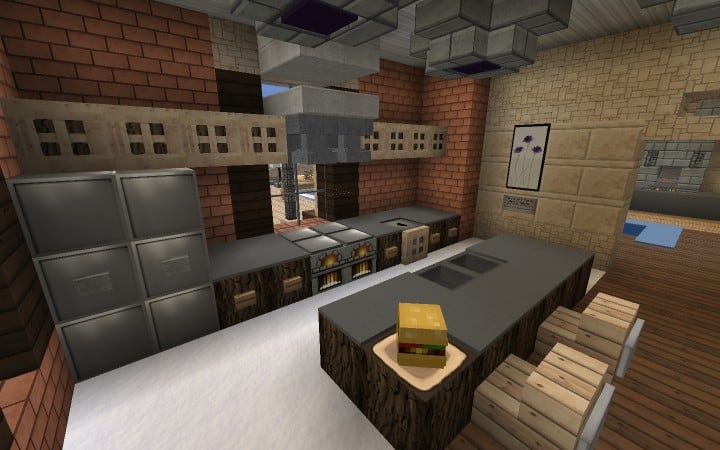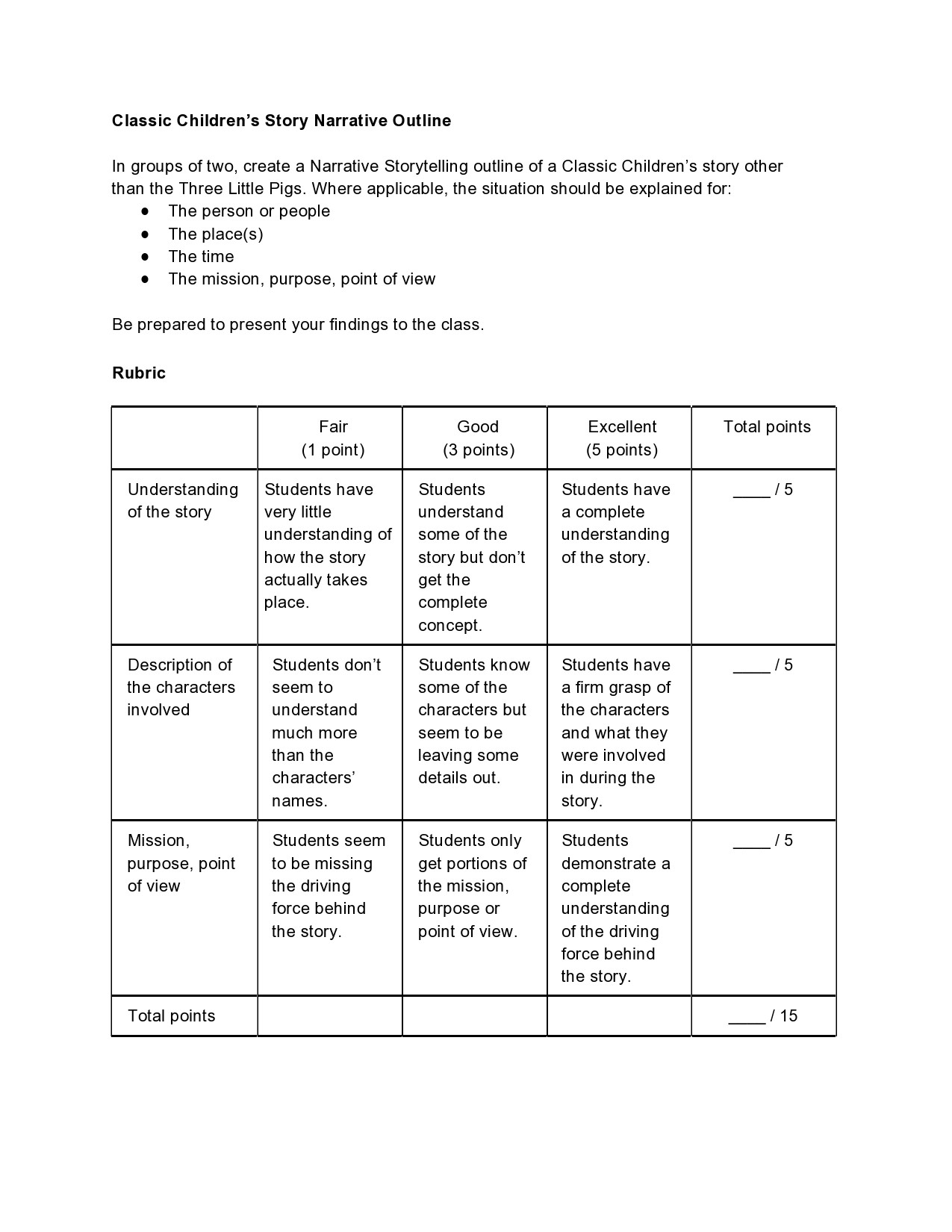5 Plots Of Story
Writers Write is a writing resource. In this post, our guest blogger shares a 5-part story structure for beginners.
Of the five drivers found in a four-act structure, Booker only pays attention to two of them: The Call (which is either the first or second driver) and the Final Driver (which Booker gives various names to, depending on the archetypal plot. We'll omit the others too, for simplicity's sake. So, without further ado, here are the nine basic plots. 'The Cask of Amontillado' by Edgar Allan Poe, is a short story inspired by true events that took place on Castle Island, a former military fort off of Boston Harbor, in Massachusetts. When Poe was stationed there as young cadet in the Army, he found a peculiar gravestone. After some inquiry, he learned a story of a man who had been walled up alive.
- The synopsis below may give away important plot points. Synopsis Stella Grant (Haley Lu Richardson) is a cystic fibrosis (CF) patient who actively uses social media to cope with her illness and try to live a normal life.
- The Five Act Structure. The five act structure expands the classical divisions and can be overlaid on a traditional plot diagram, as it follows the same five parts. Shakespearean plays especially are known for following this structure.
Guest Post
A 5-Part Story Structure For Beginners
One of the first things we are taught in the 1st grade is how to write a good story. It makes sense because our lives are made up of stories. Each of us has a unique tale. Every day is a story with a plot, characters, and a beginning, a middle, and an end. So, why not tell a good story with a great structure?
Many would support the idea that a good story ought to have these three main parts. Those who agree are professional writers, movie directors, and professors. Without these three fundamental divisions, any given story would appear jumbled. It causes the reader to give up on engaging with the author’s thoughts.
1. Introduction
The beginning of a story is where the author introduces the five important questions: WHO, WHAT, WHY, WHEN and WHERE. They familiarise the reader with the characters, the plot, and the time zone. They give a general idea of what the reader has to expect from the narrative.
5 Plots Of A Story
In this first part, also called the exposition, the author creates a bond with the main character. It is possible to reveal the character’s aim and ensure a ‘hook’. That means to provide an incentive and a reason for the reader to continue pursuing the story.
2. Doorway No. 1
Good narrative structures also contain a delicate shift, or, as some call it a ‘doorway’. It is the section where the author puts the character into a complicated situation and forces him or her into an irreversible circumstance. This is the part of the story where the action starts to brew. The main character may end up in a difficult position and he or she develops the story goal here. This is the best time to hook the reader into your plot.
3. Middle
The first part (or introduction) serves as a section where everything is set up. The second part of the story is where the story line develops and becomes complicated. We call it the “middle”. More intricate layers of the characters become clear. Secret intentions and relationships start to surface. Needless to say, as conflict ensues, tension adds to the story.
It is a good trick to keep the reader on edge. The author also has the option to weave in subplots to add to the main plot. The middle is the part where the story starts to move towards the climax. That’s the segment of a narrative, also referred to as the development, that gives the reader the sense of the inevitable conclusion.
4. Doorway No.2
As the level of conflict builds throughout the story, doorway No.2 opens. The writer can make use of it to thrust the main character into a final conflict. Let’s call it the pinnacle of the narrative. This climactic moment is where a major blow or crisis usually occurs, which later sets up a potential final solution.
5. End
The end or the denouement is the climax of the story. This is the part where everything comes together and starts making sense – in case it didn’t make sense before. This is the section where the author writes about the final confrontation and the inevitable aftermath.
A good story should not have any loose ends. The denouement is the perfect place to answer all unanswered questions. Respond to inquiries that may have appeared throughout the story.
The ending can also include poetic justice or an element of sacrifice. It depends on the theme and subject matter the author chooses to write about. This elevates the already scandalous atmosphere that reader has been sucked into.
We have an innate desire for happy endings. Often times, writers choose to provide the readers with what they know the public will generally like. Yet, the story can also end on a negative or ambiguous note. This in turn leaves the reader wondering and perhaps feeling a bit dazed.
The Last Word
It doesn’t matter what type of story you choose to write. The most important thing to remember is to start at the beginning, continue in the middle, and finish at the end. And like a good recipe, every story should contain a little bit of spice, whether it’s love and romance, or revenge and power.
We hope this story structure for beginners helps you write your book.
by Laura Carter. Laura is a former educator who is now an academic writing and higher education blogger. Laura’s passion is great fiction and short story writing. Follow her on Twitter.
Top Tip: If you want to learn how to write a book, sign up for our online course.
The plot is, arguably, the most important element of a story. It is literally the sequence of events and, in that sequence, we learn more about the characters, the setting, and the moral of the story.
In a way, the plot is the trunk from which all the other elements of a story grow. Let's explore how the plot of a story unfolds. We'll see how you can formulate your own plot points and enjoy some examples from literary giants.
Elements of a Story's Plot
Even though the plot is, essentially, the events that take place in a story, there is a specific plot structure that most stories follow. In fact, there are five main plot elements to be aware of. With these elements in mind, you stand on the precipice of fantastic story formation.
1. Introduction

This is the start of the story, where we meet the main character or characters, understand the setting, and deduce the conflict.
For example, we might meet a main character, named Fiona, who just moved to Ireland, and is writing her first book. There, we meet the main character, understand she's in a new country, and will watch her push to overcome the trials and tribulations that come from each of these new elements.
2. Rising Action
In the rising action, we watch a series of events unfold. There's not much in a story if everything works out perfectly and there are zero bumps in the road. We need a little conflict.
Conflict can come in many forms. Continuing with Fiona, perhaps she's battling some sort of internal conflict. We might see her doubt her decision to move so far away from home. Or, with regard to her book, perhaps she submits it to her agent and it's torn to shreds.
Plot Of A Short Story
Maybe she meets some devilish Irish lad who distracts her from her primary purpose and she must realign her priorities. The possibilities for action - and conflict - are endless.

3. Climax
The climax of a story is the peak of the action. At this point, we've watched the main character confront the action or conflict, and now something major has to come to a head.
5 Plots Of Story
Perhaps Fiona makes a new acquaintance who takes on a motherly role, reducing those feelings of doubt about moving so far away from home. Perhaps she submits the revised version of her book and it's accepted. Maybe she tells the devilish lad she's not interested so she can focus on her work.
Just as there are many avenues for action and conflict, there are many ways to bring a story to a climax. This will be the moment that stirs up the strongest sense of emotion in the reader.
4. Falling Action
In the falling action, we see things start to wind down.
Fiona and her new motherly acquaintance might have settled into a steady rhythm of Sunday dinners by now. As for her book, maybe the only thing she's waiting for is the advanced copy. Perhaps the devilish lad has come back around and they're in a steady relationship.
5. Resolution
In any story, it's important to conclude with a solid resolution, sometimes called the denouement. Here, we learn of the final outcome of the tale. Short stories, in particular, need a defined ending. Books, however, can remain somewhat open-ended. But, you must bring the story to a close with either a tragic or a happy ending.
Perhaps Fiona is purchasing a crumbling mansion in Ireland with the royalties from her book. Or, maybe she'll move back to her home country, cherishing her Irish adventure for what it was. Either way, readers want to experience some sort of finite conclusion, or resolution.
Growing a Story Tree
Below, you'll find a downloadable PDF document that you can print off, either for yourself or for your students. The 'story tree' is a great way to visualize the different elements of a story's plot. Refer to this guide for Adobe printables for additional help with downloading the file.
View & Download PDF

Examples of Strong Plot Construction
To get a sense of what a particularly strong plot of a story looks like, consider these exceptional examples.
Harry Potter and the Sorcerer's Stone, J.K. Rowling
J.K. Rowling is a master plotter. In her Harry Potter series, we meet Harry and, soon thereafter, two characters who go on to become his closest friends. Once the introduction is established, we learn of Harry's quest to secure the Sorcerer's Stone.
As for the conflict, Professor Snape is also after the Stone. In a climactic moment, Harry and his friends defeat an evil troll released by Professor Snape. Although resolution is achieved when Harry secures the Stone, the series is able to continue on with six more books.
Jane Eyre, Charlotte Brontë
In this classic by Charlotte Brontë, we meet Jane straight away. Her backstory is established as an orphaned girl who attends a treacherous boarding school. Immediately, we discern she's a very strong character. As for the rising action, we watch Jane go on to become governess, or teacher, at a great manor in England. There, she meets and falls in love with Mr. Rochester.
For the climax, just as they're about to wed, Jane learns about Mr. Rochester's first wife, who's still alive, albeit imprisoned due to her insanity. In the falling action, Jane moves away and we watch her settle into her new life with her cousins. The story comes to a 'happily ever after' resolution when Jane and Mr. Rochester reunite and are able to marry, once and for all.
The Hunger Games, Suzanne Collins
In The Hunger Games by Suzanne Collins, we meet Katniss Everdeen. The rising action is introduced when we see she's tasked with representing her district in the games. As such, she will face a series of difficult battles.

These battles reach their climax when Katniss is tied in the competition with one of the other representatives from another district. They decide to kill themselves rather than kill each other. The falling action and resolution take place when we see that the officials don't want that to happen and instead declare them both victorious.
Let the Story Unfold
Keep in mind the main idea for your story and with these five elements, you can begin a storyboard for your very own short story or novel! You'll need a strong character, a series of events, a climactic and emotional moment, a series of events post-climax, and a resolution. Once you outline these five plot elements, anything is possible.
As you begin your journey to greatness, learn how to set a story within a story or enjoy these tips on writing a bestseller.
M.A. Education